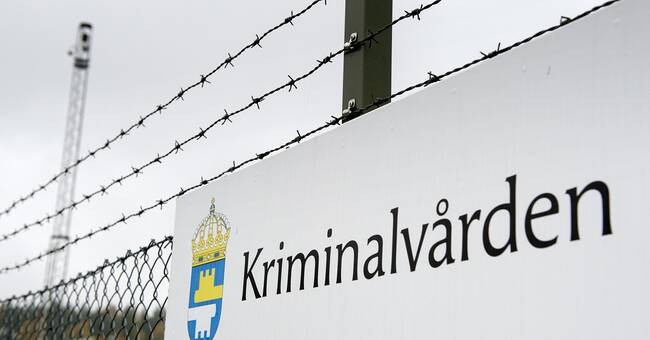The fact that the Swedish Prison and Probation Service is joining the crisis management staff means in practice shorter decision paths, increased powers and a concentration of resources, writes Martin Holmgren in DN Debatt.
In institutions, the occupancy rate is now over 100 percent and in prisons the occupancy rate is just under 100 percent.
Among other things, this creates problems when inmates need to be relocated in the event of disturbances.
The greatest shortage of places is in the highest security class, class 1, where inmates who have been convicted of serious crime, and who have an increased risk of, among other things, violence, continued crime and escape, are placed.
That the lack of space is greatest within the highest security class is problematic, writes Martin Holmgren.
"The ability to complete the basic assignment threatened"
The Swedish Prison and Probation Service will expand with 2,000 new places over the next ten years, of which 1,400 places are in prisons and 600 are detention places.
The Swedish Prison and Probation Service has been notified of increased funding to cope with the expansion.
At the same time, the Swedish Prison and Probation Service's mission is growing in several ways, writes Martin Holmgren.
"The situation is now so pressured that our ability to complete the basic assignment is threatened," writes Martin Holmgren in DN Debatt.

